Love your curls but struggle with constant frizz? You’re not alone! Frizz can turn well-defined curls into an unruly mess. Luckily, there are effective solutions to tame flyaways and achieve smooth, bouncy curls.
In this article, we'll explain why frizz occurs, what types of frizz exist, and above all, we'll give you practical advice on how to moisturise, protect and style your hair according to its texture. So, are you ready to say goodbye to frizz?
Understanding Frizzy Curly Hair
Curly hair is naturally prone to frizz due to its open cuticle structure, which absorbs moisture from the air. This phenomenon is accentuated when hair lacks moisture or is weakened.
Characteristics of Frizzy Hair
-
Lack of hydration: Curly hair naturally tends to be drier. When the hair fiber is dehydrated, it absorbs moisture from the air, causing frizz.
-
High porosity: Highly porous hair has an open cuticle that easily lets moisture in, making hair difficult to control.
-
Sensitivity to weather: Humidity, wind and heat can aggravate frizz by lifting hair cuticles.
-
Irregular hair structure: Curly hair has an irregular surface that has difficulty retaining moisture, accentuating dryness and frizz.
Causes of Frizz
-
Lack of moisture: Without sufficient hydration, hair becomes dry, brittle and prone to frizz.
-
Heat damage: Heat tools such as hair dryers and straighteners damage the cuticle, increasing porosity and frizz.
-
Unsuitable products: Shampoos containing sulfates or silicones can dry out or weigh down hair, accentuating frizz.
-
Dry brushing: Brushing dry curls breaks their natural structure, causing flyaways.
-
Environmental factors: Humidity, pollution and climate change can disrupt hair's moisture balance.
-
Nutritional deficiencies: A lack of essential vitamins (B, C, D) and minerals (zinc, iron) can weaken hair and increase frizz.
Waves, Curlies & Coilies : What Your Type?
Types of Frizzy Hair
Surface frizz
Hair that seems to ‘float’ on the surface of the hair. These unruly strands on the hair's surface are often caused by a lifted cuticle.
Internal frizz
Small, unruly strands that create a dishevelled effect. These unruly strands inside the hair are the result of a lack of deep hydration.
Humidity-induced frizz
Curls that swell due to humidity.
Dryness-related frizz
Dull, brittle locks caused by nutrient and hydration deficiency.
Mechanical frizz
Frizz caused by friction, notably from rubbing clothes or using cotton pillowcases.
Natural Hair Care Tips for Frizzy Hair
Deeply hydrate
A moisturizing hair mask is essential to deeply nourish your curls. Choose a treatment rich in natural oils (avocado, jojoba, argan) and humectants like glycerine or aloe vera. Apply once or twice a week to damp hair, leave on for 20-30 minutes under a warm towel to promote penetration, then rinse thoroughly.
Our tip: for an even more effective treatment, try the “baggy” method: after applying the mask, wrap your hair in plastic film to retain moisture.
Use a sulfate-free shampoo.
Sulfates dry hair and lift cuticles, accentuating frizz. Opting for a good shampoo for curly hair that is sulfate-free and enriched with moisturizing agents and plant proteins can make a big difference in taming frizz. Gently massage your scalp to stimulate blood circulation and promote healthy hair.
Ideally, choose shampoos containing ingredients that support hydration and repair, such as those found in african chebe shampoo and conditioner, which is known for promoting healthy, frizz-free curls.
-
Silk proteins: to smooth the cuticle
-
Aloe vera : To moisturize and soothe
-
Coconut oil: To nourish and strengthen hair fiber
-
Chébé: To repair hair bonds
-
Prebiotics: To maintain a healthy scalp
-
Provitamin B5: To soften and promote hair growth.
Apply a nourishing conditioner
After each wash, apply a moisturizing conditioner. It smoothes cuticles and preserves moisture. Choose a product containing shea butter, coconut oil or ceramides to strengthen the hair fiber.
Our tip: To optimize the penetration of active ingredients, leave the conditioner on for 5 to 10 minutes under a heated cap.
Lock in moisture with curl cream or a leave-in conditioner.
These leave-in care products provide continuous hydration and protect curls. Apply to damp hair, section by section, concentrating on lengths and ends. Creams with cocoa butter or aloe vera are ideal for sealing in moisture.
Our tip: Prefer light leave-ins for fine hair and richer textures for thick or very porous hair.
Here are our top 14 best curl creams for natural black hair.
Dry hair with a cotton T-shirt instead of a towel.
Replace your classic towel with a cotton t-shirt or microfiber towel. These soft materials reduce friction, preserve curl shape and minimize frizz.
Try the "plopping" technique
Plopping” involves wrapping wet hair in a soft cloth (like a T-shirt) to set curls without destructuring them. Leave for 20-30 minutes before letting your hair air-dry.
Seal moisture with a lightweight oil
After applying your care products, use a light oil, such as jojoba or argan oil, to seal in moisture and smooth cuticles. Warm a few drops between your hands and apply to lengths and ends.
Going on holiday? Here are 7 tips for flawless vacation curls!
Hairstyles that Work with Frizzy Hair
Hairstyle 1 : Twist-out
This technique involves twisting damp hair, then untwisting it once dry. It defines curls and reduces frizz. For best results, apply a light styling gel before twisting.
Hairstyle 2 : Braid-out
Make braids on slightly damp hair and leave to dry. Undoing the braids gives you defined, disciplined waves.
Hairstyle 3 : Protective styles
Box braids, vanilles or cornrows protect hair from humidity and reduce manipulation, thus limiting frizz. Be sure to moisturize your scalp during wear to limit breakage, with a leave-in conditioner for example.
Hairstyle 4 : Wash & go
Apply a styling cream to wet hair and leave to dry naturally for a fresh, defined look.
What are the Most Common Mistakes in the Battle Against Frizzy Hair?
While there are many ways to manage frizzy hair, there are also many "don'ts". Here are the most common mistakes we see:
Mistake 1 : Using regular towels
They create too much friction and accentuate frizz.
Mistake 2 : Skipping hydration
Neglecting moisturizing care makes hair more vulnerable to external aggressors, particularly temperature variations.
Mistake 3 : Over-manipulating curls
Constantly touching or recombing your curls destructures their natural shape and encourages frizz.
Mistake 4 : Using sulfates or silicones
Sulfates and silicones can dry out and suffocate the hair fiber, aggravating frizz.
Mistake 5: Neglecting night-time protection
Sleeping on a cotton pillowcase promotes friction. Choose a satin or silk pillowcase.
Mistake 6: Accumulating products
Too many products can weigh your hair down and leave it sticky.
Mistake 7: Neglecting the stylist for too long
Damaged ends encourage frizz. Have your ends trimmed every 3 to 4 months.
Manage and Care For Your Frizzy Hair With Chéribé
Adopting the right hair routine is key to defined, frizz-free curls. Hydrate regularly, choose gentle products, and style with care.
Need products to pamper your hair? Discover our Chéribé collection and join the community of beautifully curly hair!
Chébé Hair Products - Before and After Results
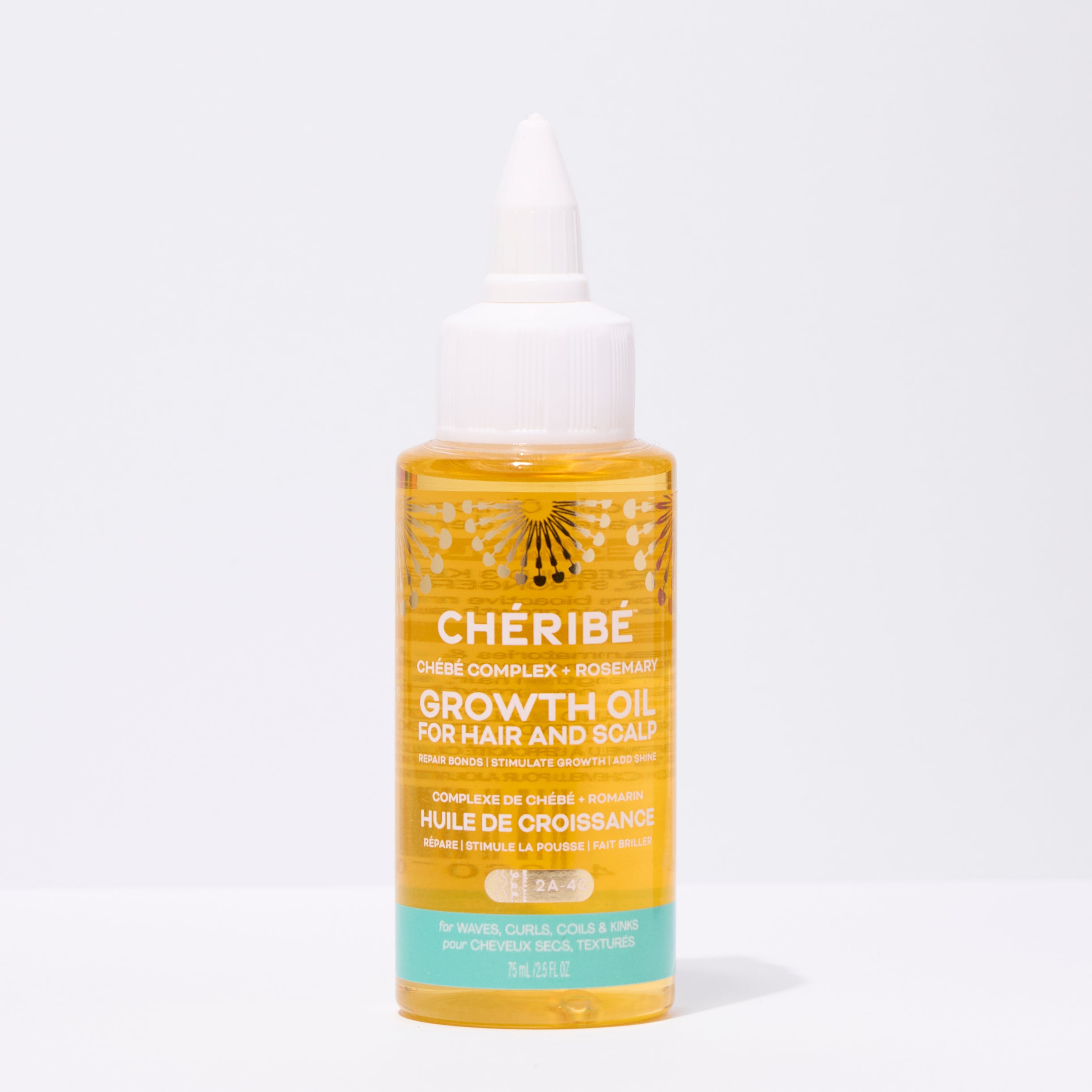




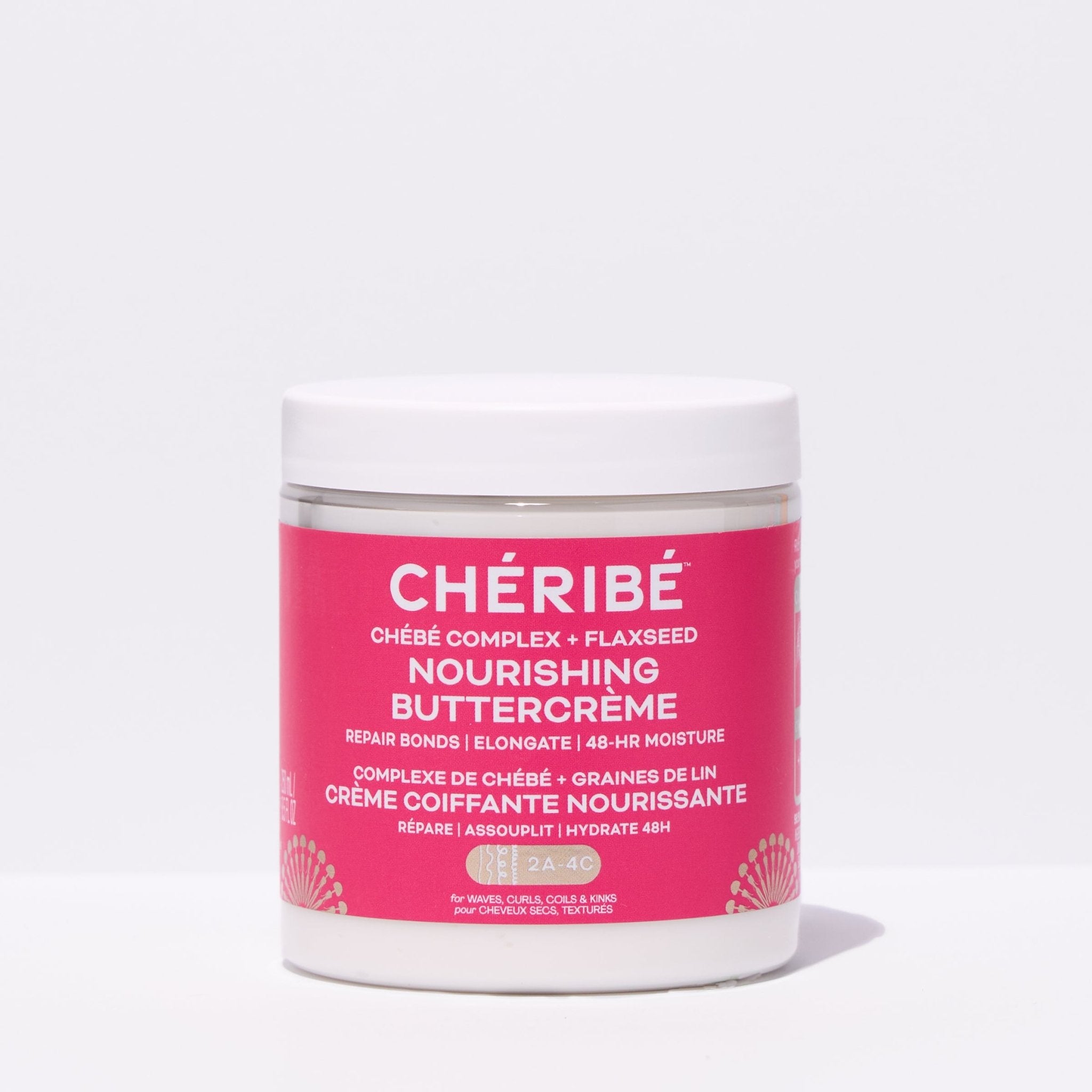




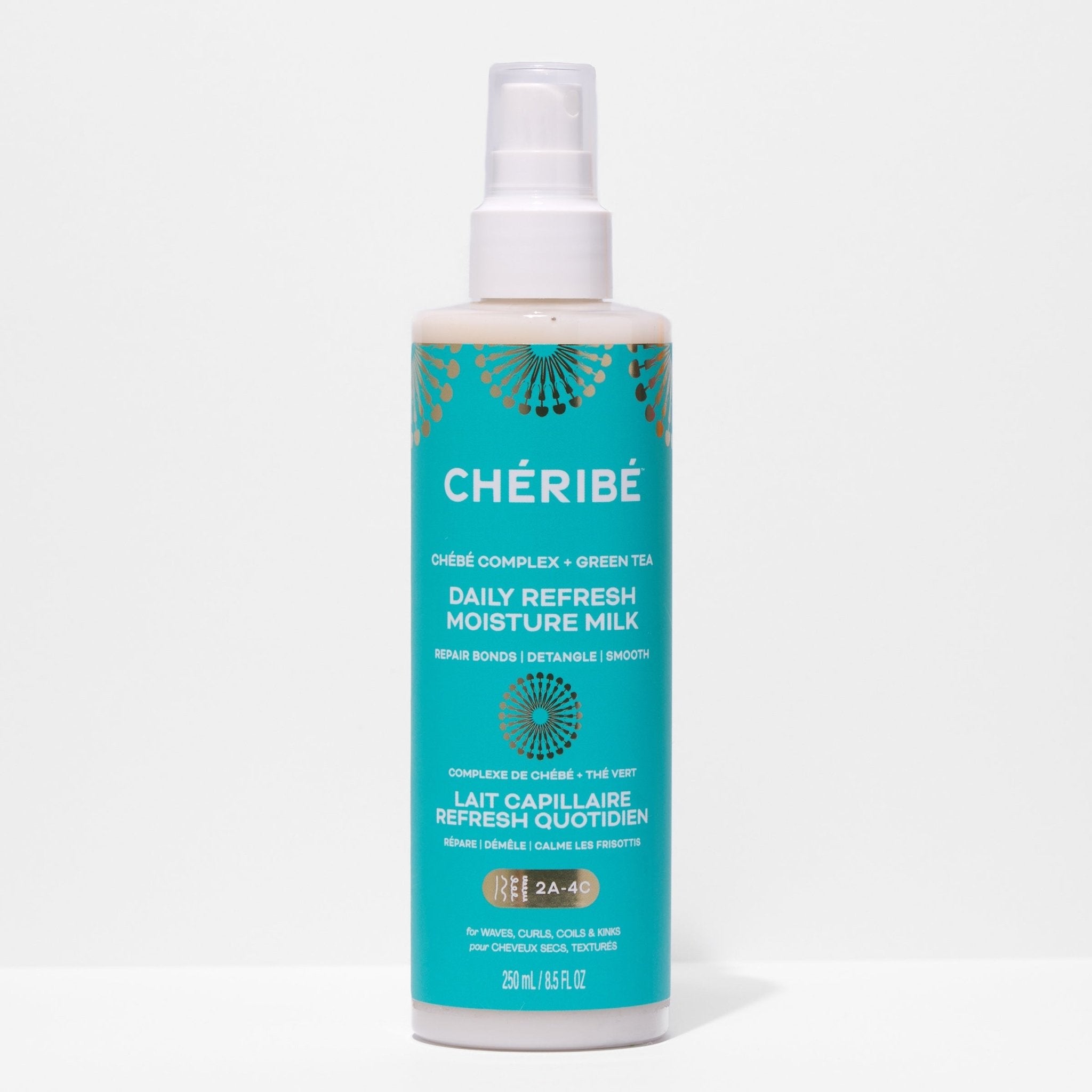



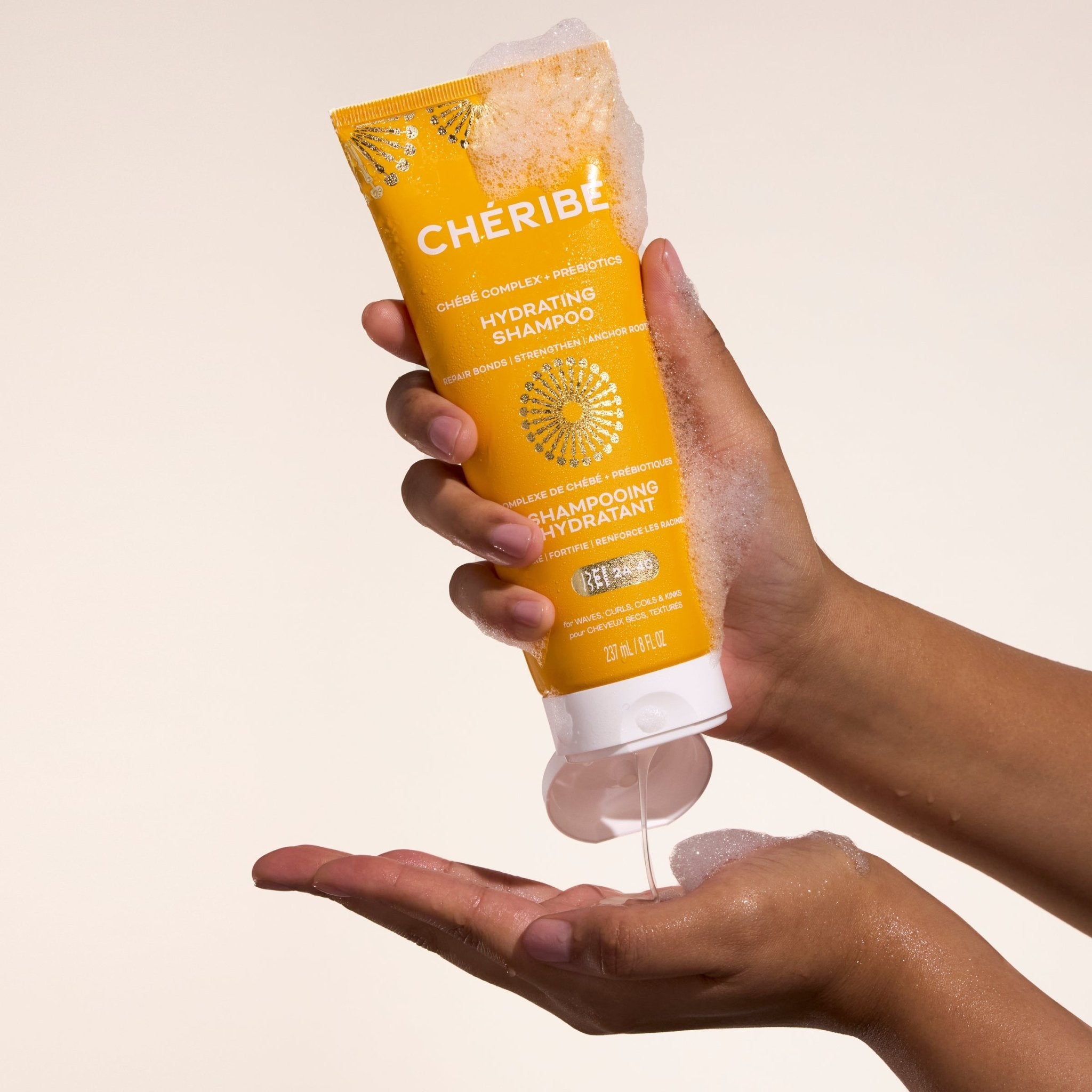
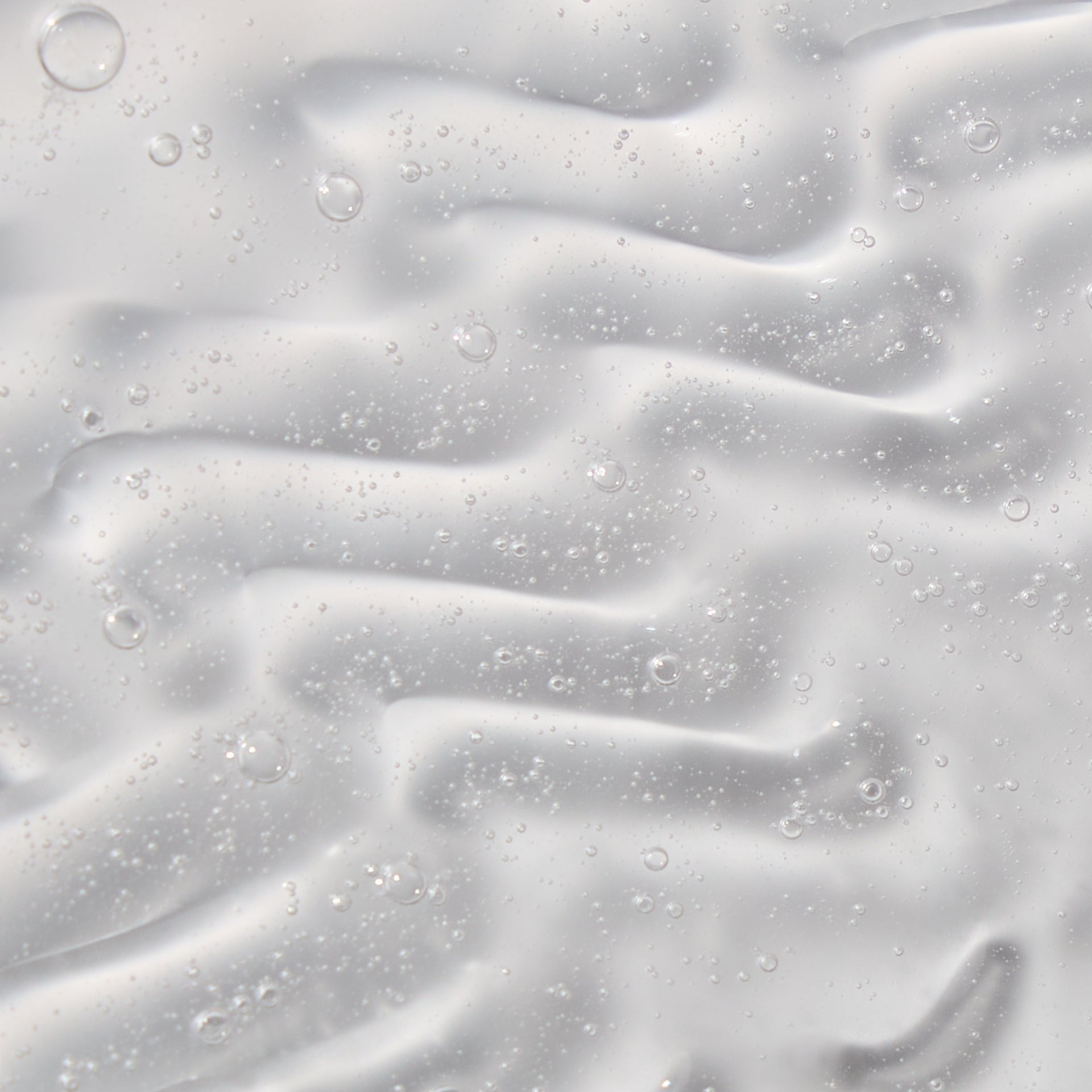
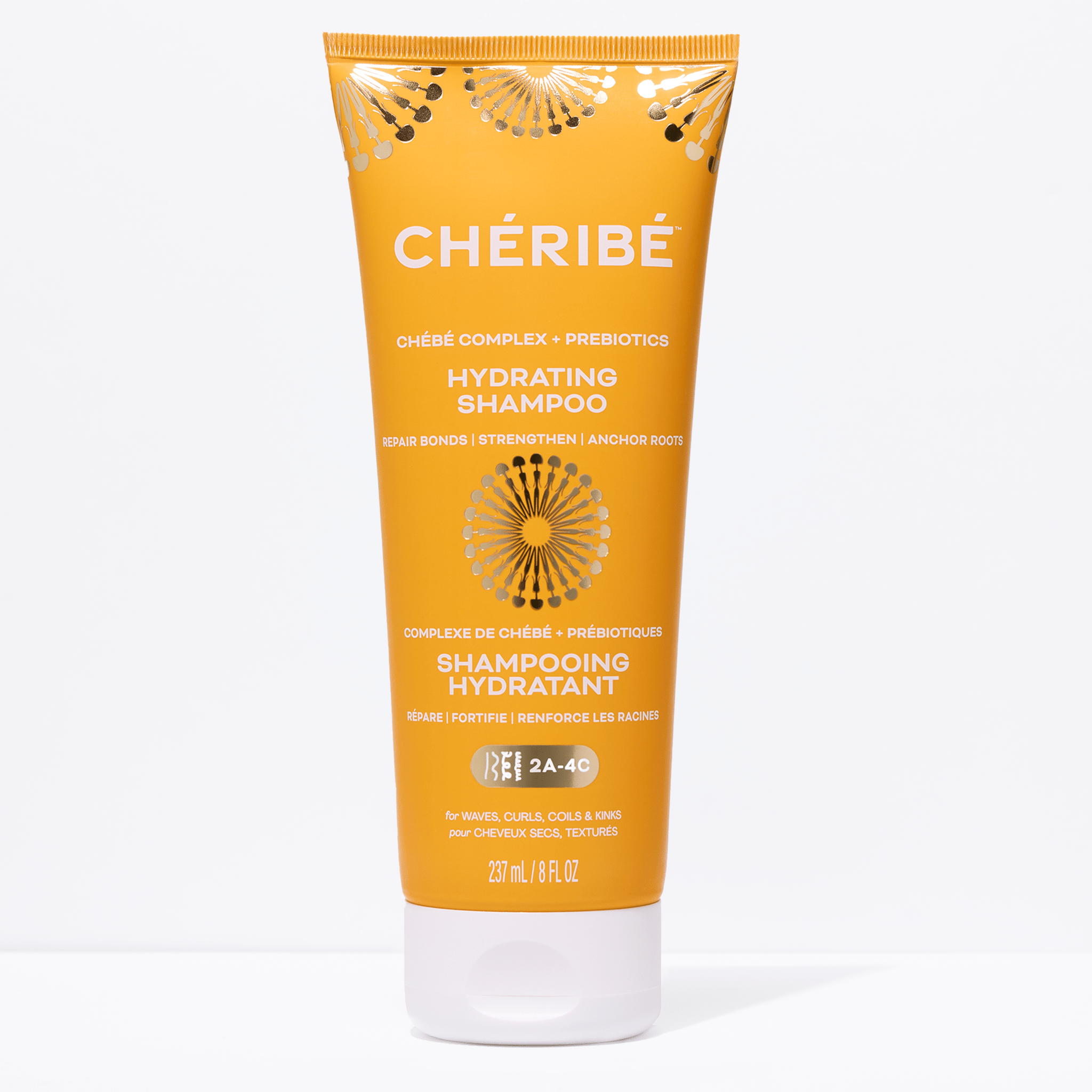
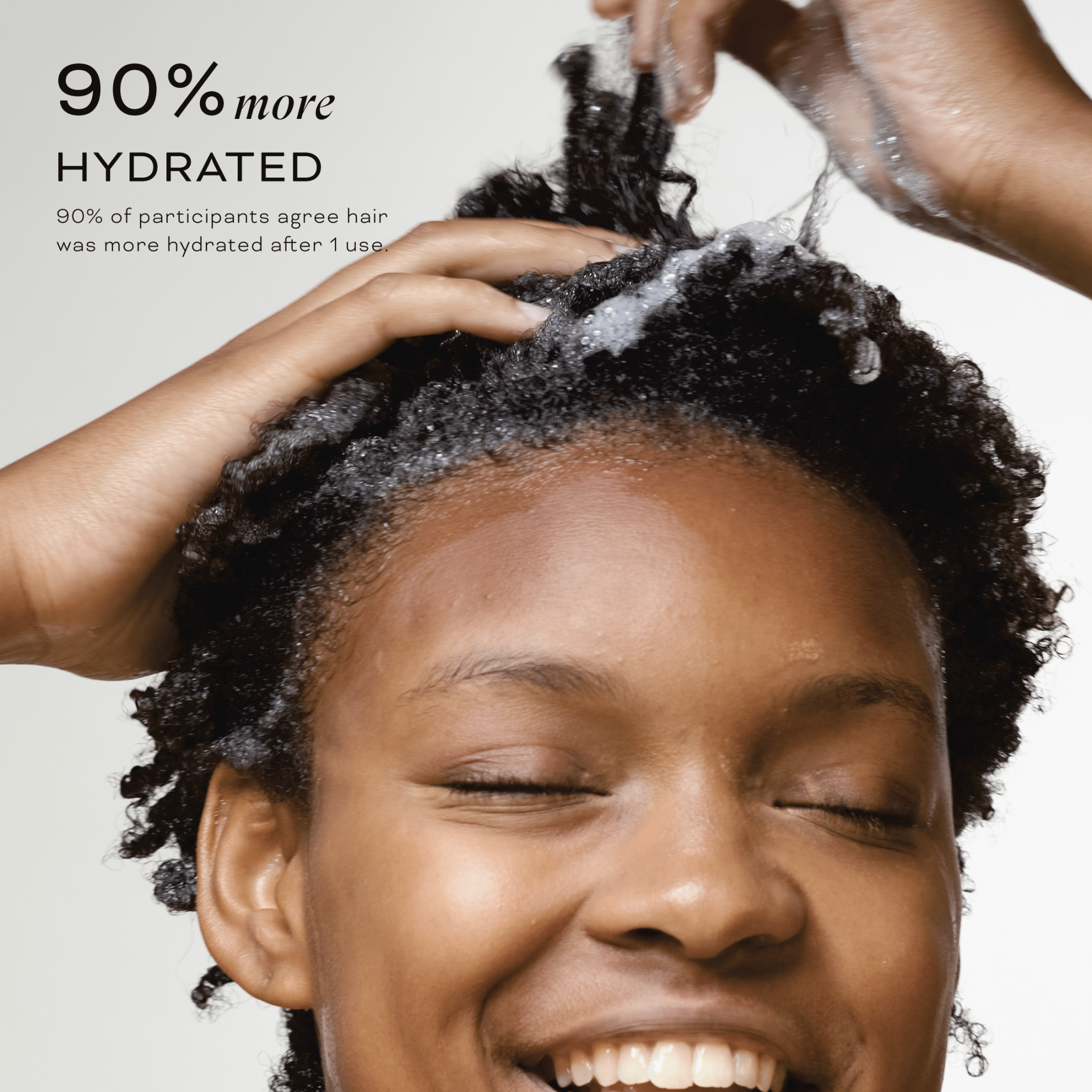




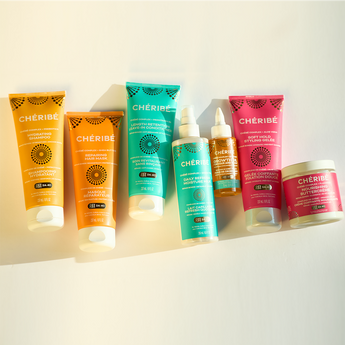
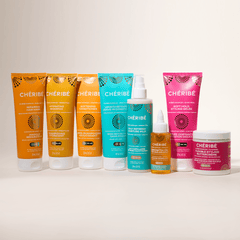


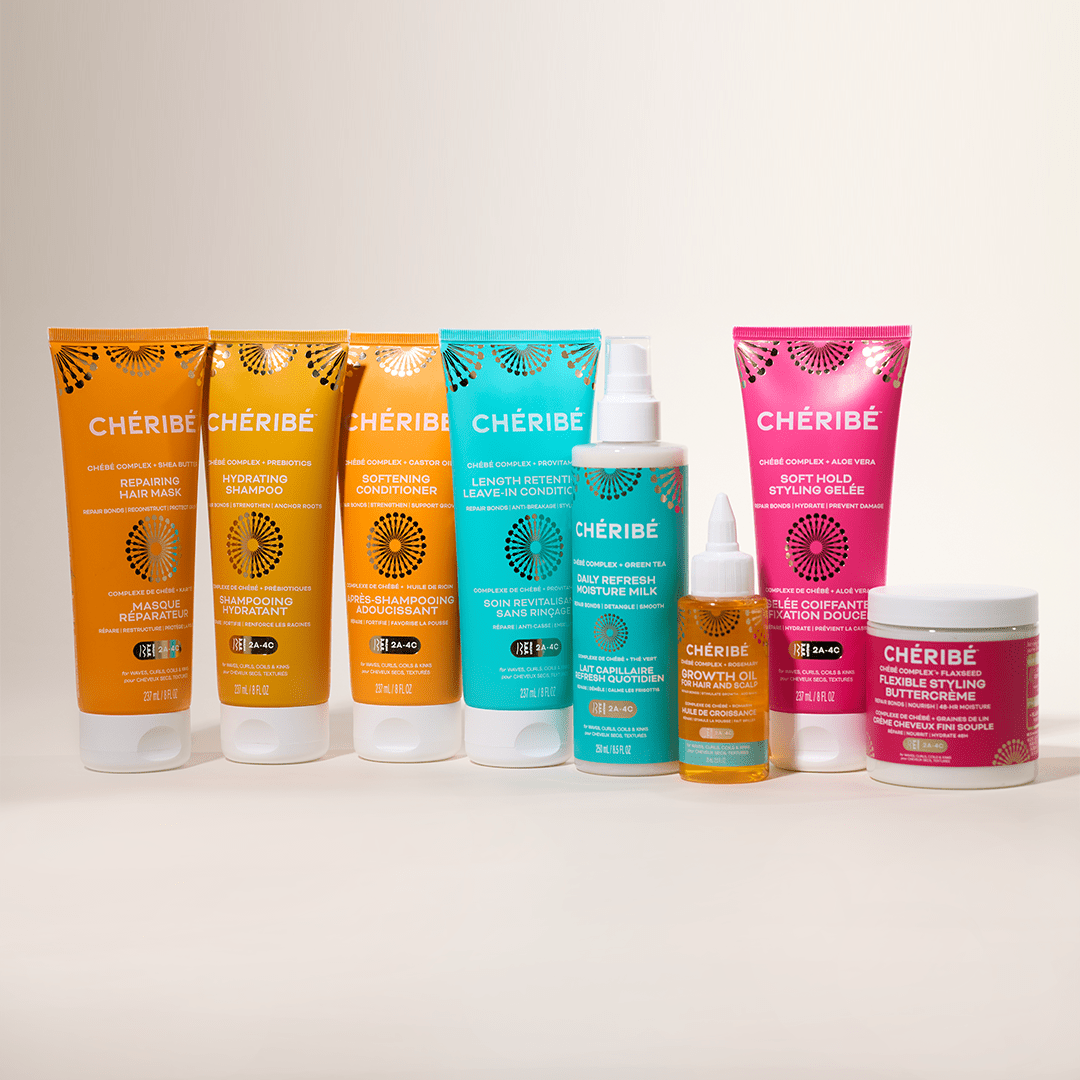
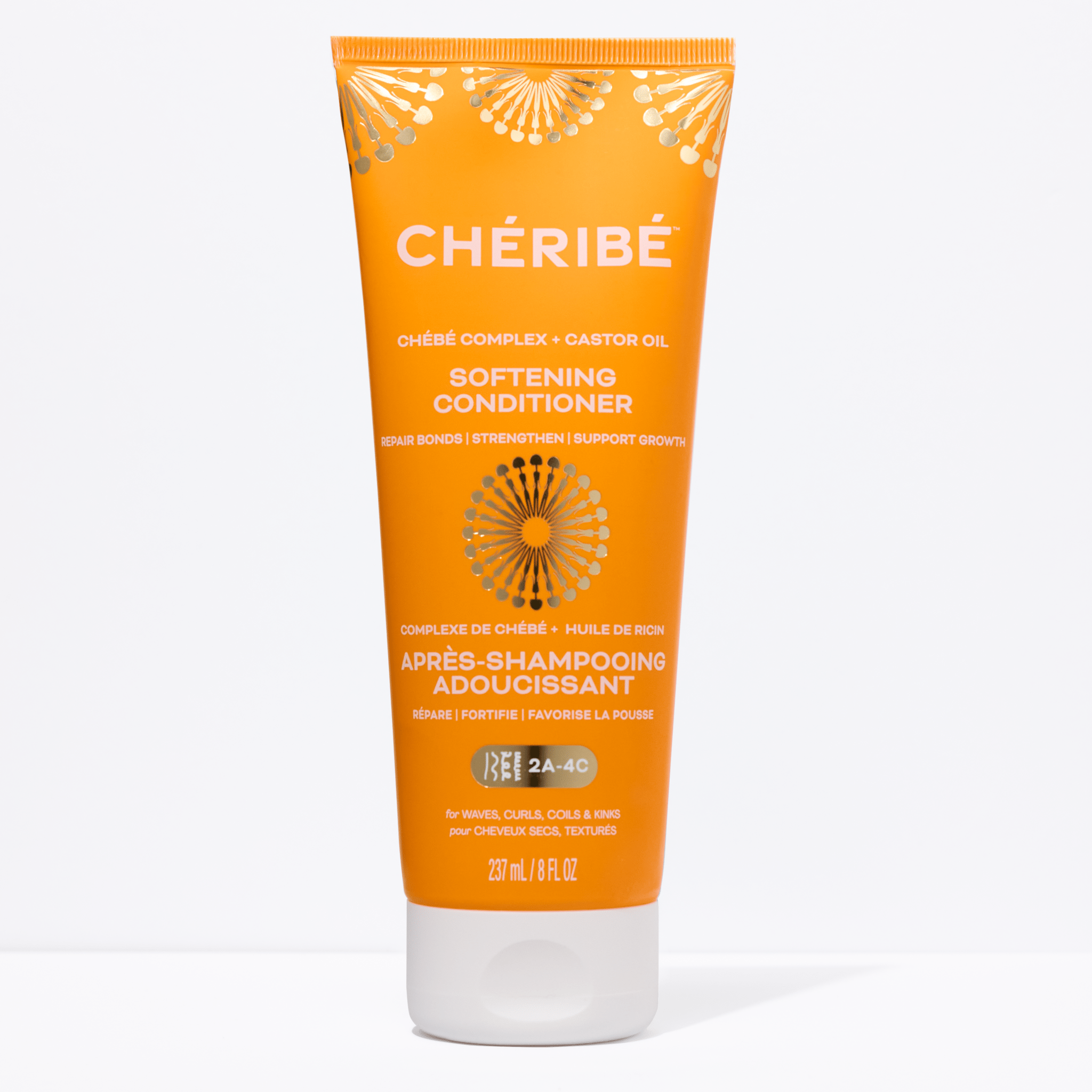
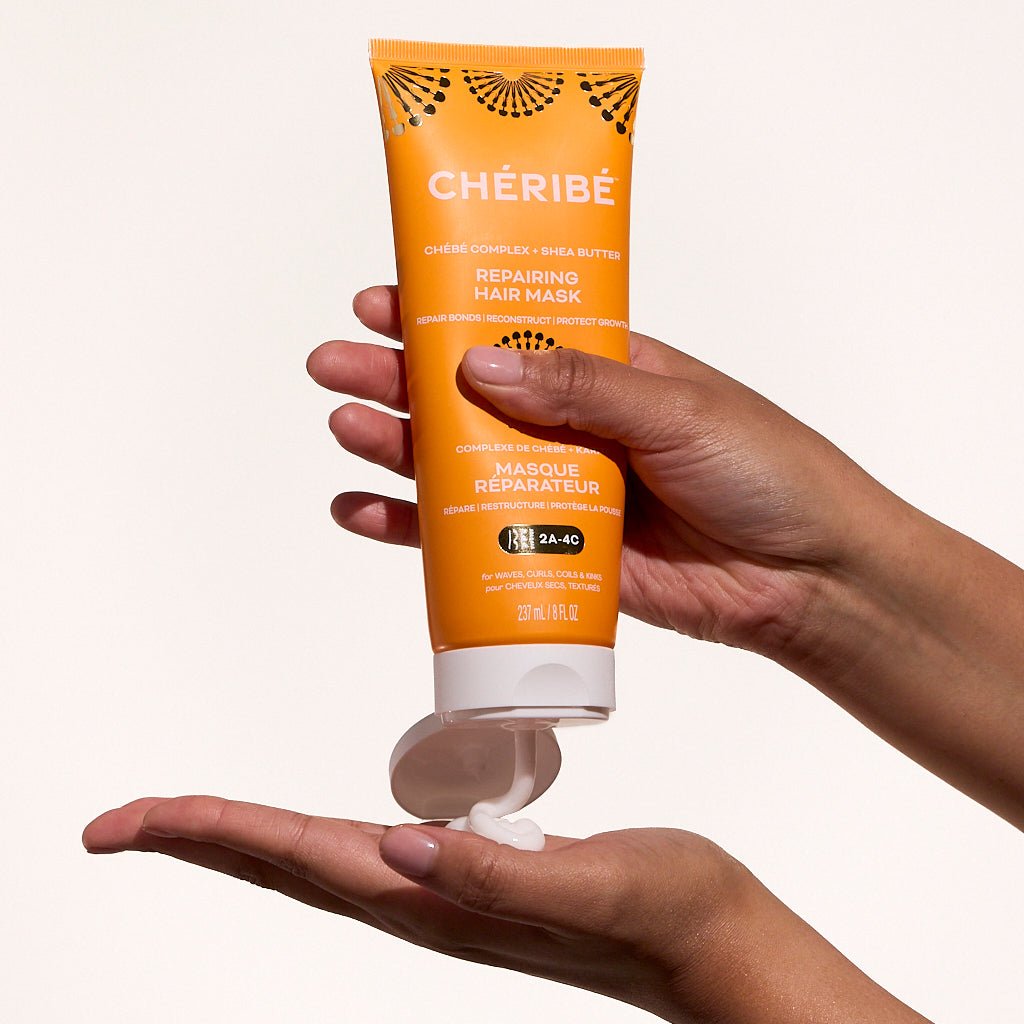





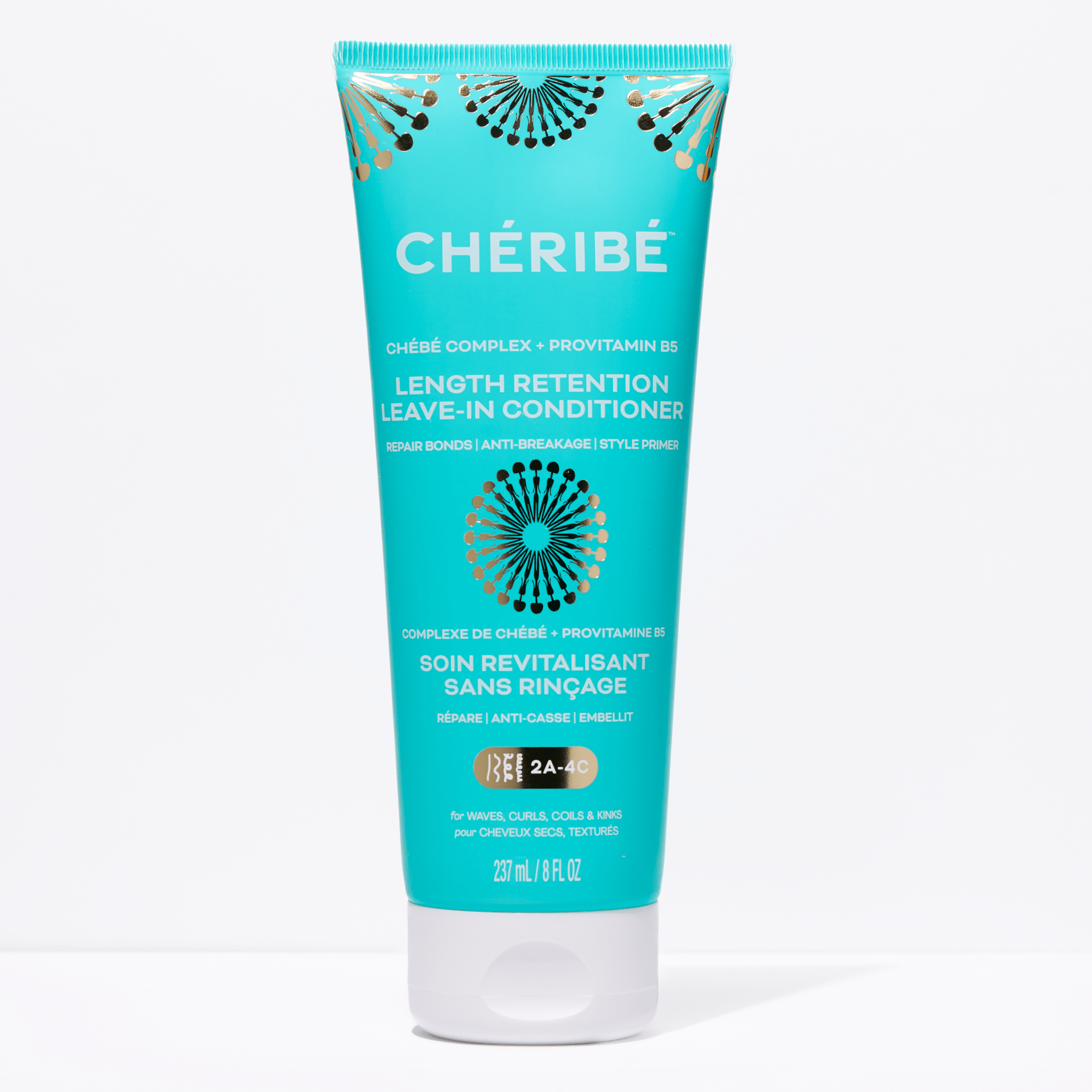






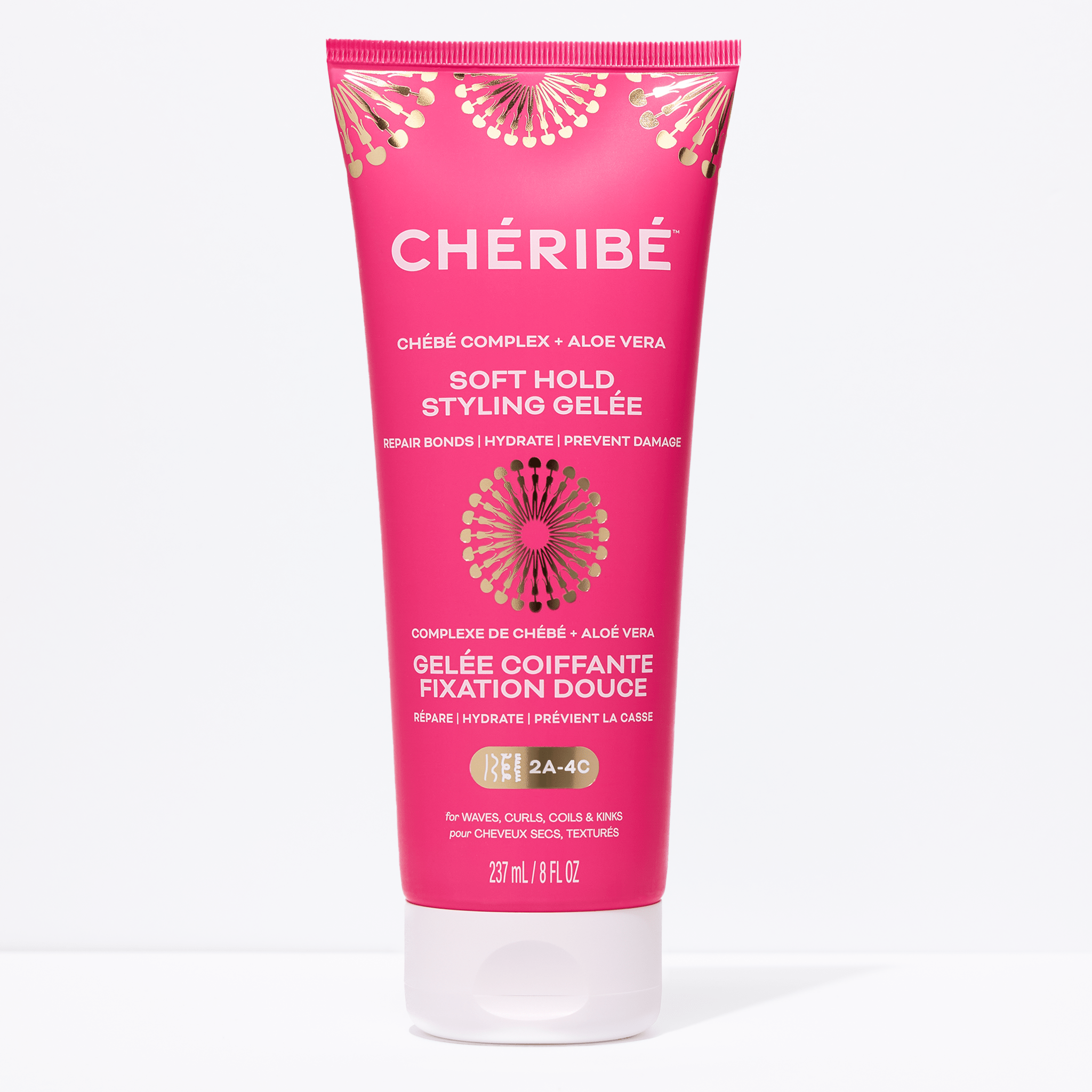
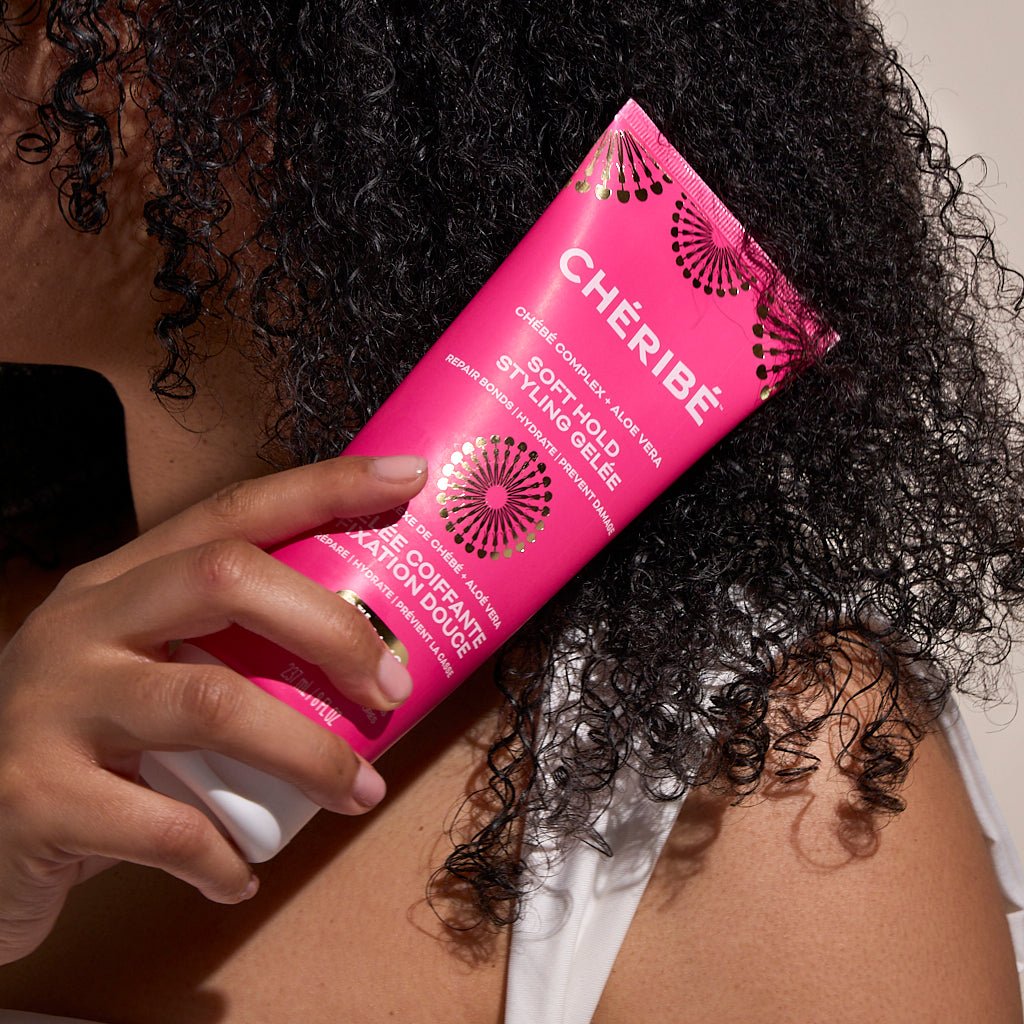






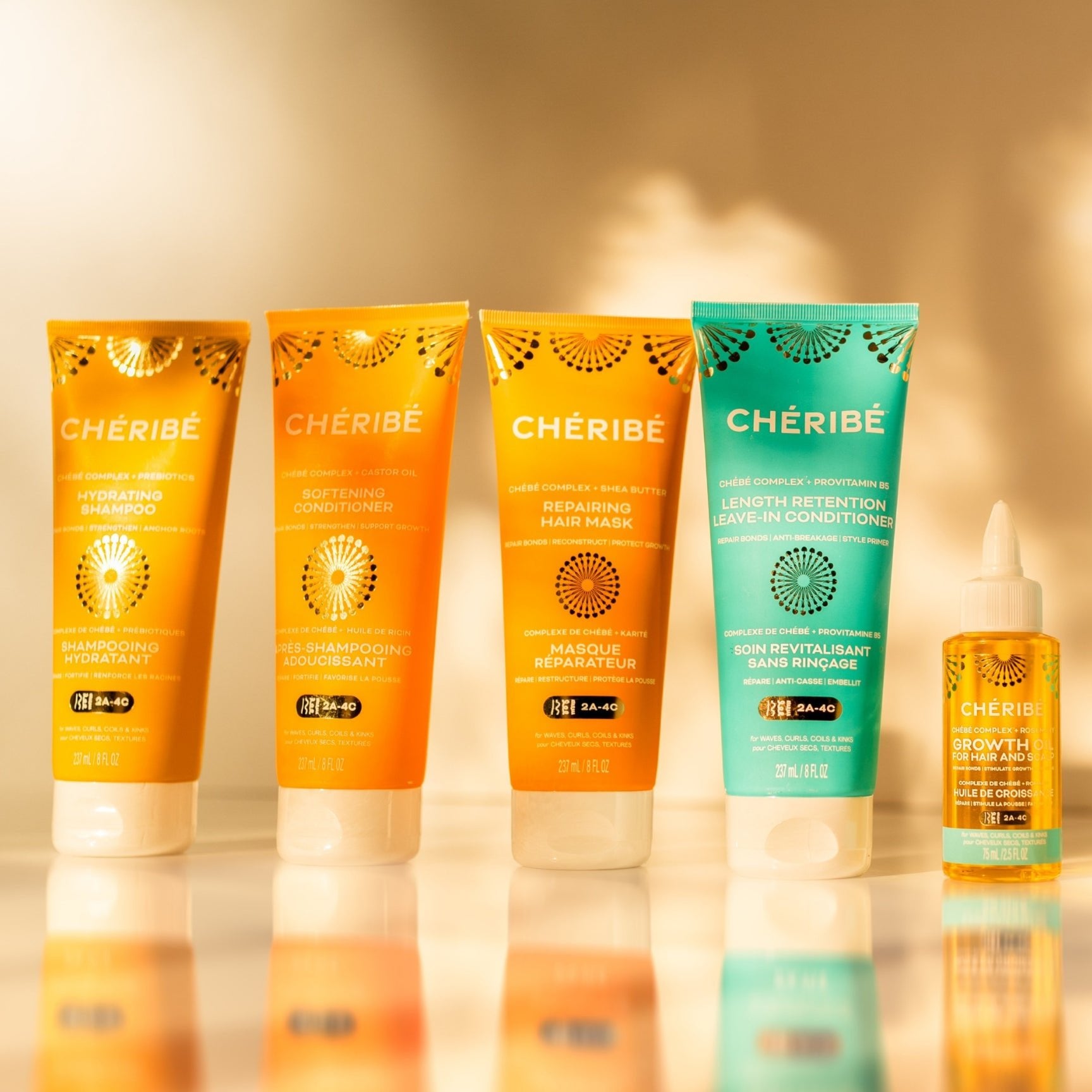
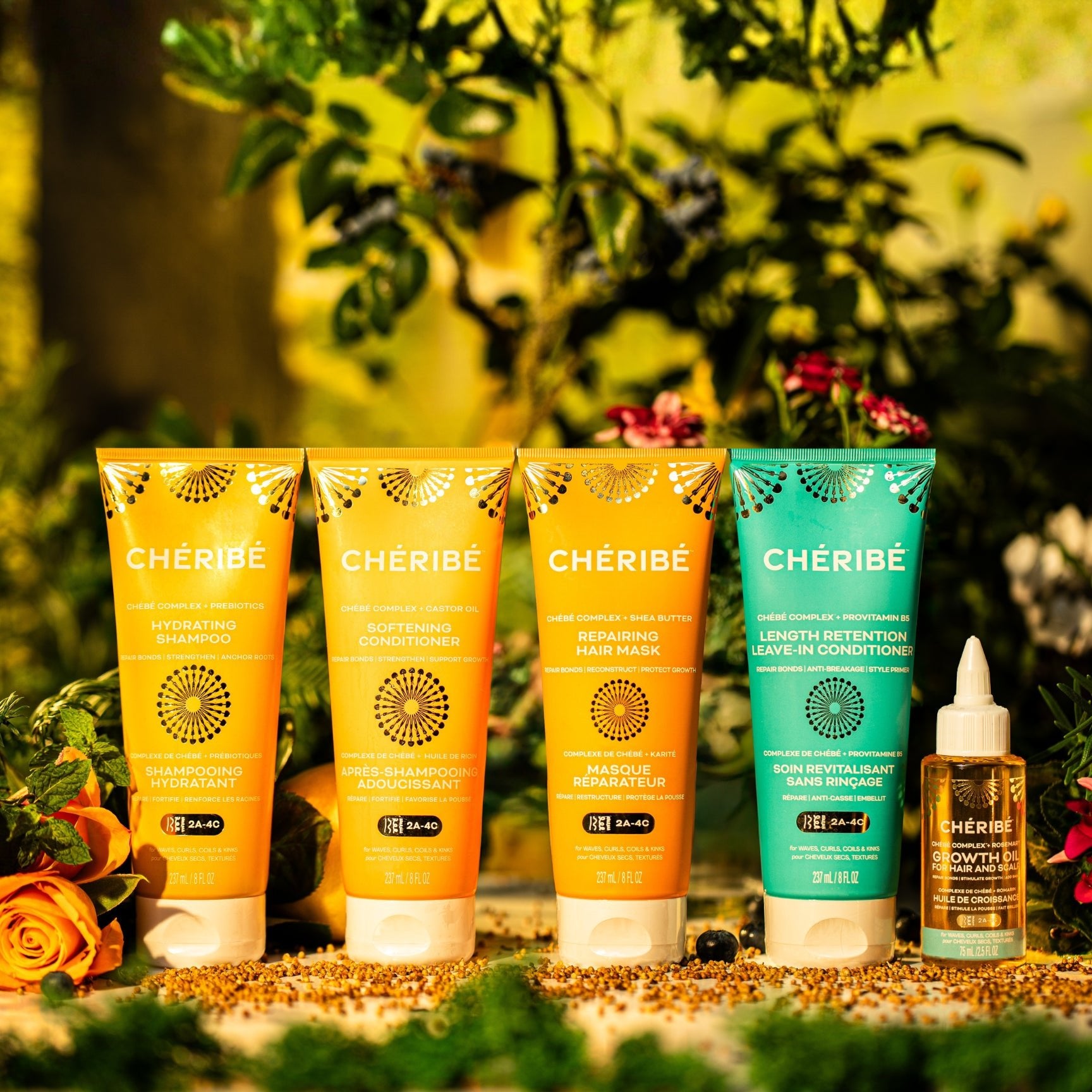
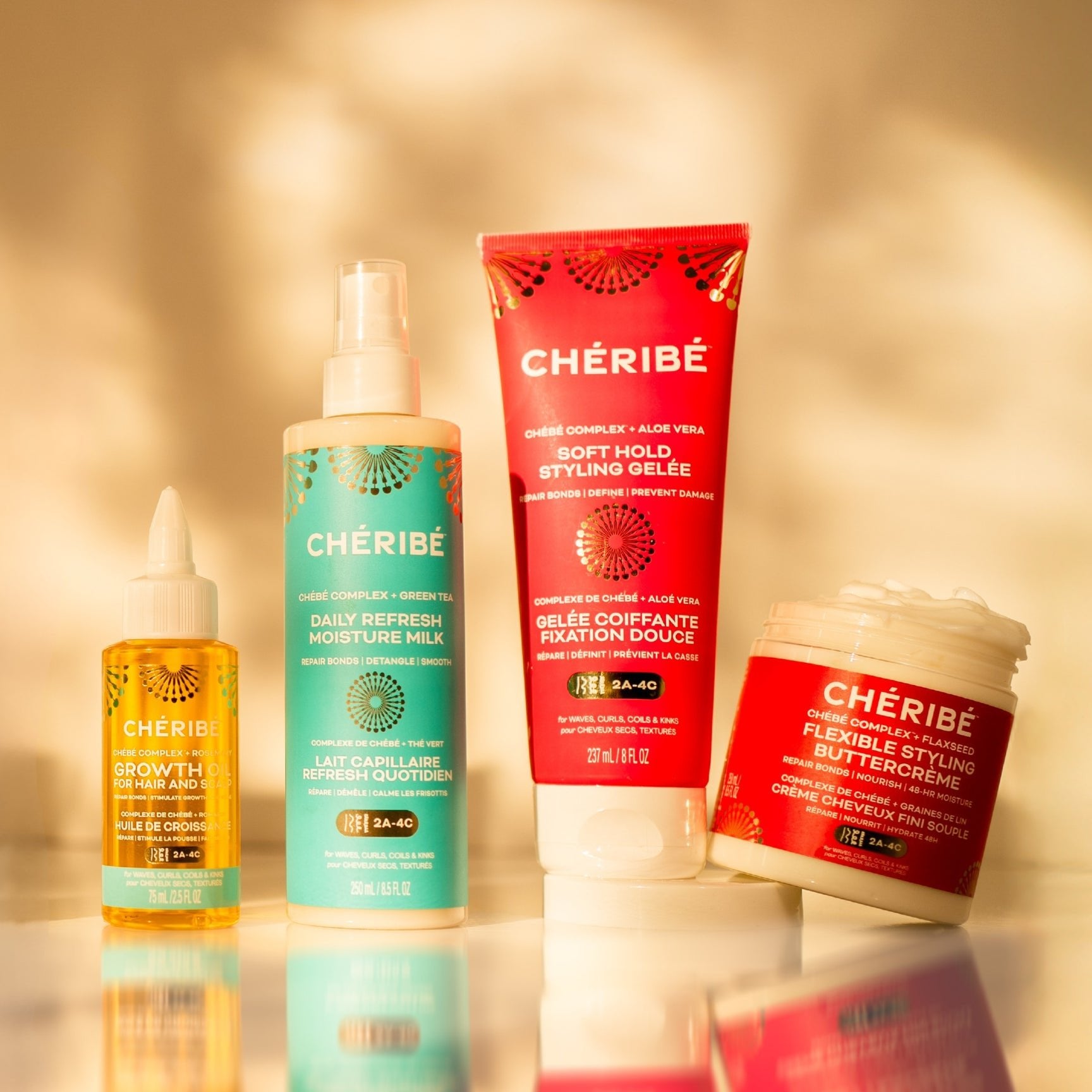
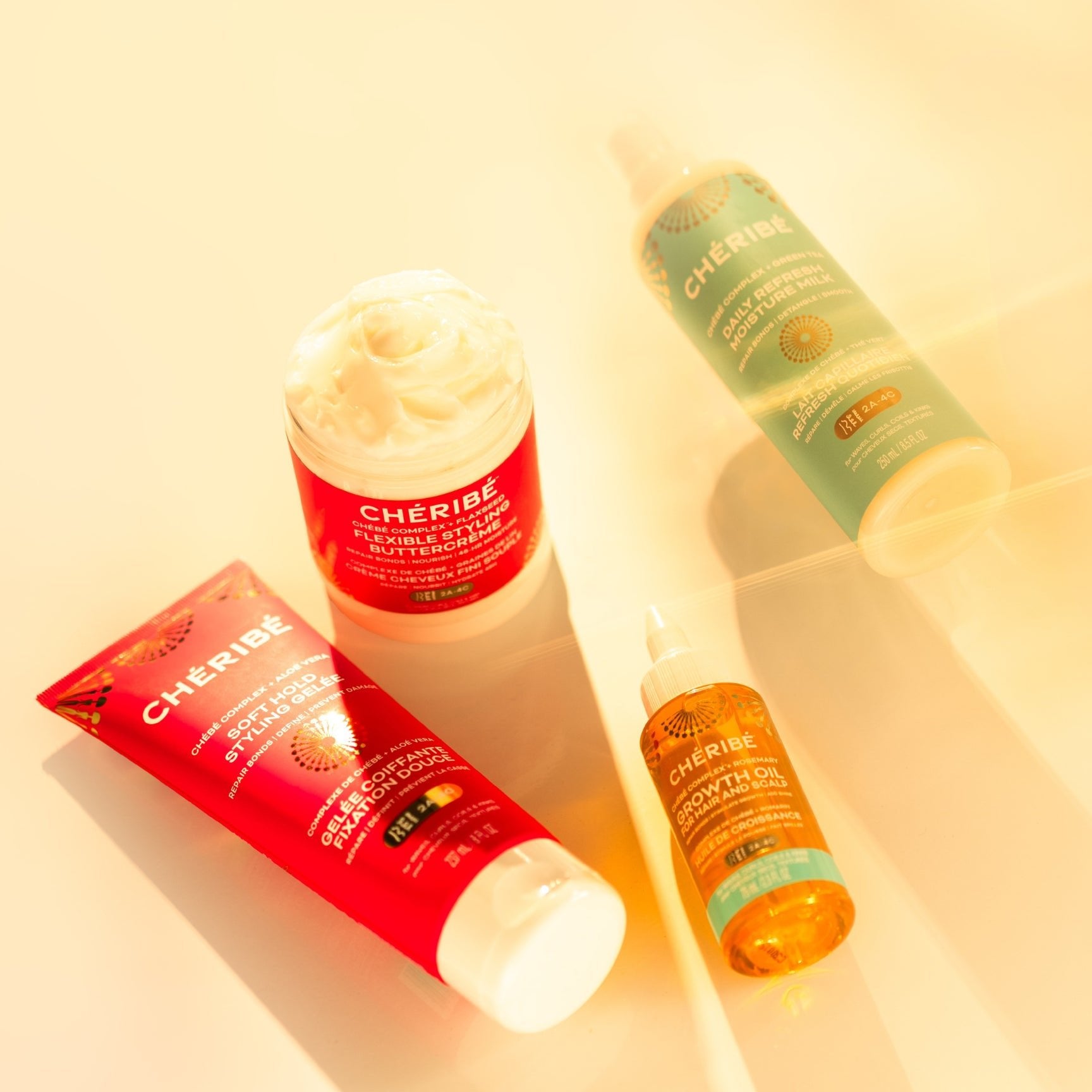
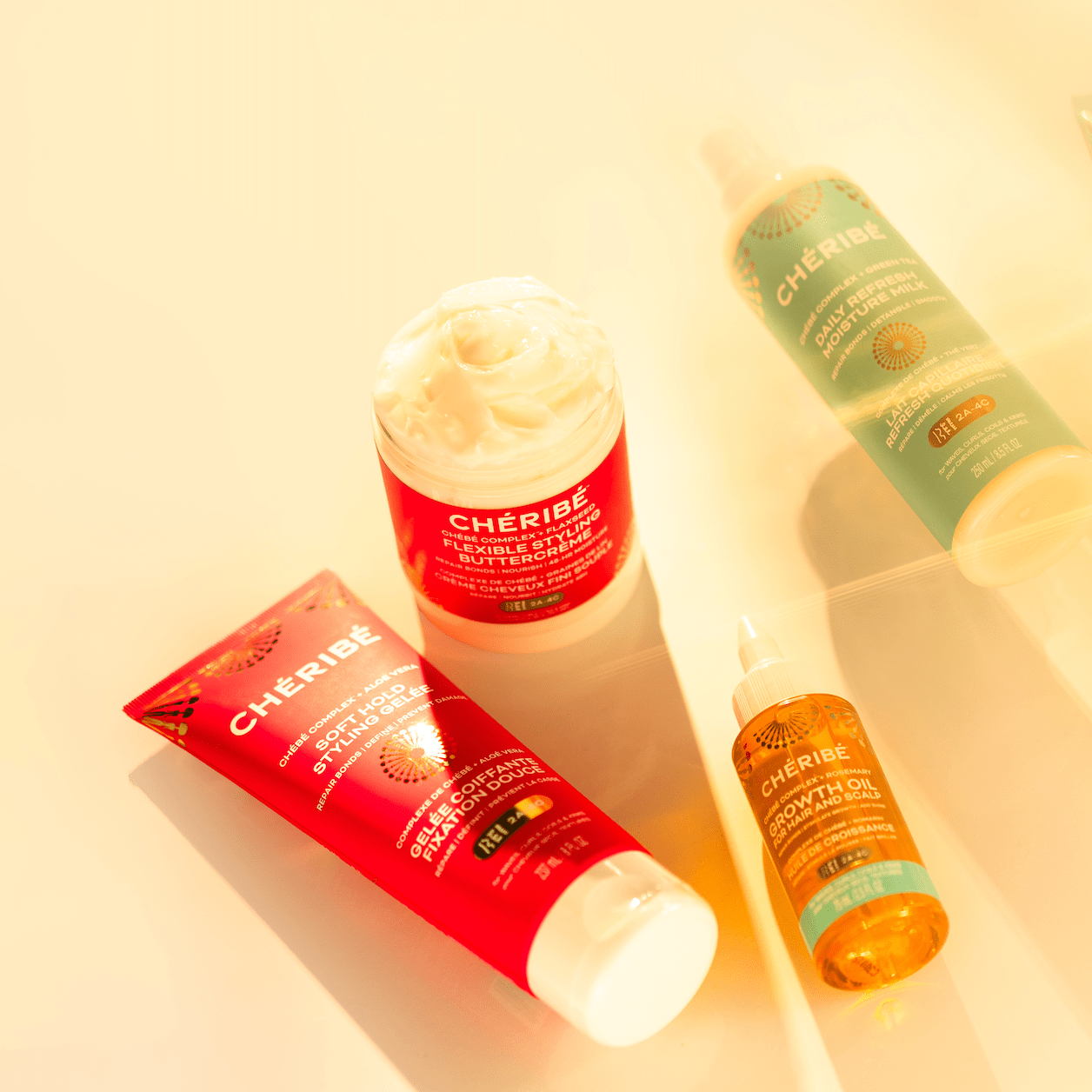
Leave a comment